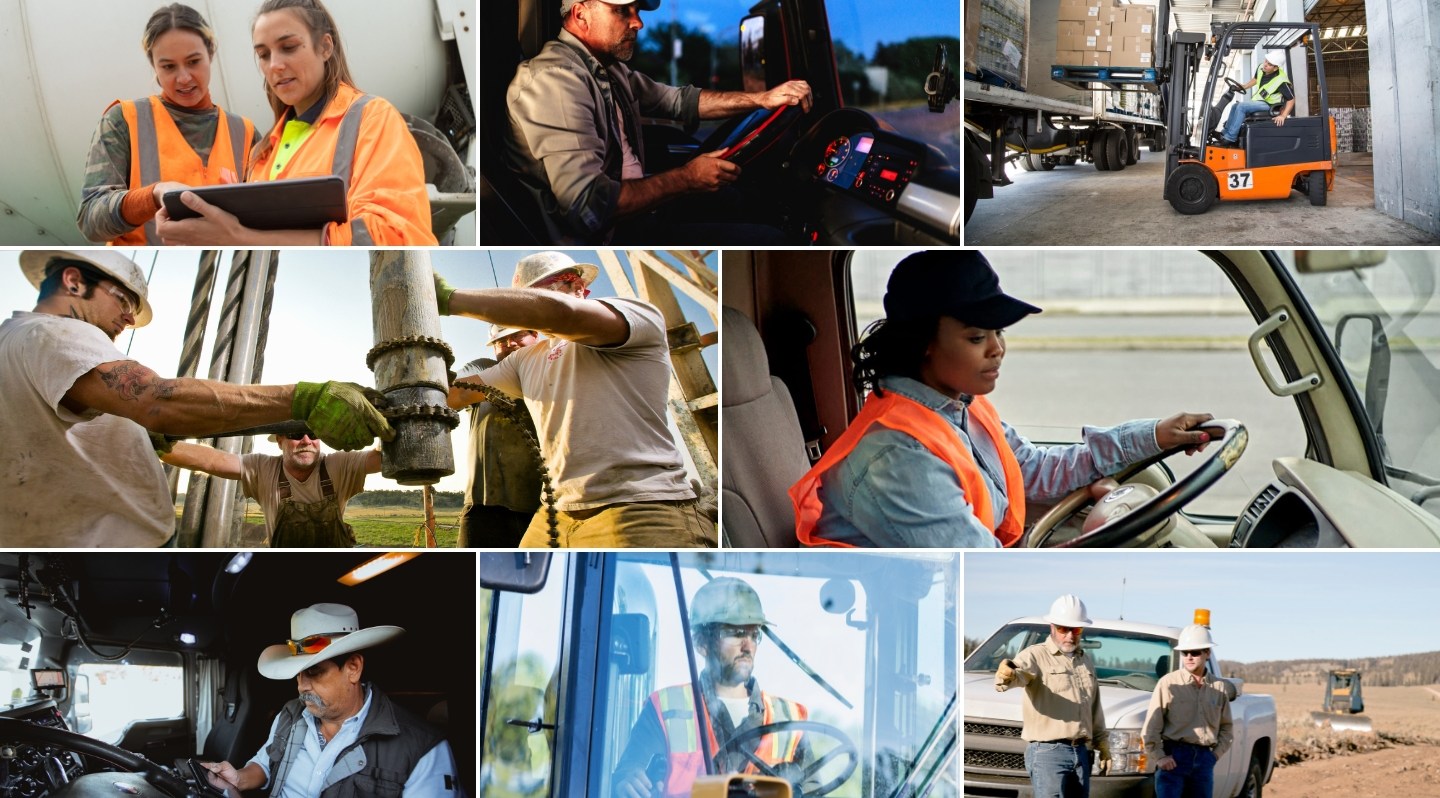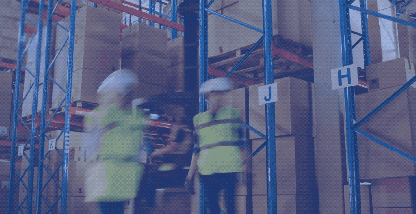Traffic accidents are the leading cause of death for people 54 and under. That kind of stat reminds us that we can never be too safe on the roads. Every year, we’re filled with hope that accidents will decline and lives will be saved, and still the losses tick upward instead of down. In 2021, transportation incidents were the most frequent cause of work-related death, leading to the loss of nearly 2,000 lives.
It’s a staggering number by any measure. These are the people who grow our food, transport our materials, stock our stores, and pipe energy to our homes.
Then there are the financial costs. According to the National Safety Council, the average cost of a fatal motor vehicle collision in 2020 was $1.7 million, and those costs can soar even higher if a large truck is involved. FMCSA data about fatal accidents in large commercial vehicles specifically says financial impacts can be as high as $7 million per incident. Add to the mix high insurance rates and the impact on brand reputation, and costs can continue long after the accident itself.
Bringing people and technology together to increase safety on our roads is hard work, and we still have a long way to go. At Motive, we invest a lot of time and energy into understanding the challenges our customers are facing, and developing powerful technologies that deliver the best results to businesses in every corner of the physical economy. As we look to the future, it’s important to learn from the recent past and understand the ways safety has evolved.
The beginning of safety tech: exoneration
When Motive launched as KeepTruckin, dash cams were an important new tool that gave businesses a kind of security they’d never had before: video evidence. When accidents happen, commercial drivers, and the companies they work for, often get blamed, even if it isn’t their fault. So, backed by the power of video, fleet operators finally had a way to prove they weren’t to blame. The finger-pointing of the past gave way to quick resolution, where there could be little debate about what happened or who was responsible.
As nuclear verdicts began to spread through trucking and other industries, video became an even more critical asset for commercial fleets. Dash cam clips gave businesses the power to clear their names and protect themselves from unwarranted multimillion-dollar payouts.
Using dash cams for exoneration was a reactive approach to safety, however. As great as it was to have this resource, managers ended up spending hours looking for a single piece of accident footage that could exonerate their business, and it soon became clear they just didn’t have time for it.
Exoneration after the fact was never going to be powerful or proactive enough. What fleets really needed was the ability to prevent accidents from happening at all.
Safety programs evolve: AI-powered accident prevention
Artificial intelligence (AI) has the potential to change fleet safety. Today’s AI dash cams can identify unsafe driving immediately and alert drivers to it just as fast. Real-time feedback for drivers means they can hear the alert in the vehicle and change their behavior on the spot. But even with AI’s potential to prevent accidents, it’s important to remember that AI can only deliver on its potential if it’s accurate.
The more accurate the AI, the more reliably it can detect things like cell phone use, close following, rolling stops, and all the unsafe driving behaviors that put operators at risk. Artificial intelligence that’s consistently accurate over a long period of time helps customers build trust in the product, giving them the confidence they need to root out unsafe behaviors in more lasting ways.
And when AI isn’t accurate? Well, bad things happen.
It’s easy to get overwhelmed by false alerts and quickly lose trust in the product. People want a way to make in-cab alerts less distracting and more impactful. When there’s too much noise, they’ll turn down the volume. And when a managed service controls the data fleet managers receive and dictates how fleet performance is measured, it can feel like someone else is running the show.
Accurate AI helped fleet managers eliminate the static they’d been seeing in their programs. They liked the results, and it left them wanting more control over other aspects of their program.
Next: tech-enabled culture of safety
In safety’s next chapter, operations managers will be empowered to establish a robust safety culture. One that’s customized, cooperative, and complete. Automation, cloud-based software, and the Internet of Things (IoT) will continue to strengthen safety culture in new and innovative ways. Managers will be able to impact results immediately, without having to hire more people. Here’s a closer look at the kind of control they can expect from fleet safety solutions going forward:
A customized safety platform that puts fleets in control of the details. Safety’s next chapter needs to let operations leaders define safety any way they choose, with fine-tuned controls that match driver capabilities to company needs.
As fleets expand their safety programs, customization will grow with it. Businesses will be able to trigger more in-cab alerts for new drivers and fewer alerts for veterans. However fleets customize their safety programs will be up to them — and that’s exactly how it should be.
A safety program that is cooperative with drivers around coaching and scoring. At the end of the day, everyone wants the same thing: for drivers to get home safely. Safety platforms need to ensure that managers and drivers are all traveling in the same direction, and in the most efficient ways possible.
Driver coaching will become much more about independent growth, where drivers have the opportunity and the privacy to improve without manager intervention. Automated self-coaching tools will give drivers more control over their own safety performance, along with the power to proactively review safety videos through their smartphones and coach themselves on their own time. Managers and drivers can then work together to establish safety goals and reward drivers for a job well done.
An all-in-one platform that provides a holistic view of fleet safety. To lead on safety, fleets have to stop thinking about safety as a stand-alone entity and start treating it as the centerpiece of a holistic fleet strategy. Housing safety, compliance, maintenance, and fuel spend information on a single, unified platform creates a 360-degree view of fleet operations that gives leaders the clearest picture possible of what safety looks like and how to manage it.
The future is evolving, and we will evolve with it. With the help of technology, we’ll see fewer accidents, safer roads, and lives saved. This is just the start of what fleets will be able to achieve in safety’s next chapter — and we’re committed to helping them write it.










